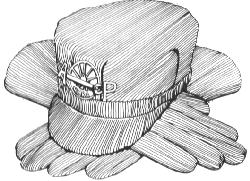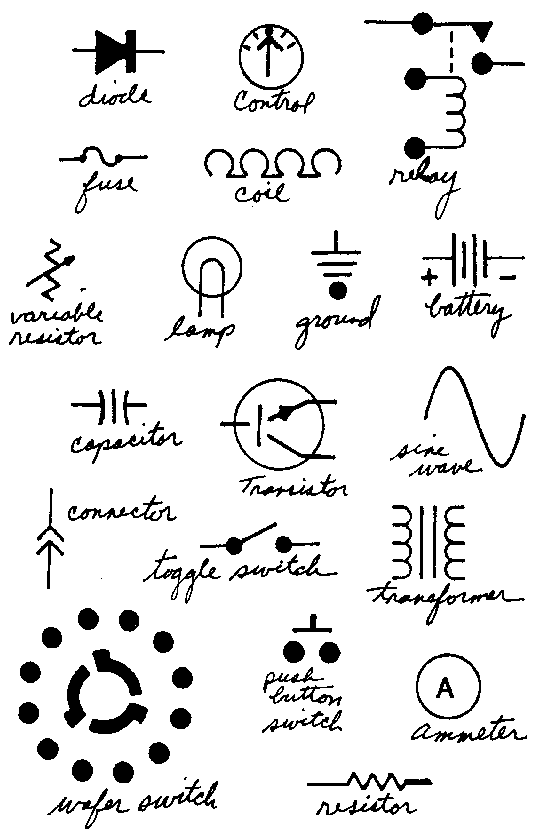
The subject of electrical technology is a mystery to many model railroaders. For the model railroad layout builder it is a key element in the list of subjects and skills needed to build a satisfying and operating railroad. The degree of electrical capability directly affects the use and convenience of the railroad by the operators. Granted, some electrical components are expensive (the cost of the "key" and a personal decision).
Electrical is a subject that takes study and practice to be able to fully apply the features necessary for efficient functioning on the railroad. The biggest difficulty with electricity is you can not see it while it works. As you learn about electricity, you need to form a mental picture of how it functions and then relate this to the physical world.
This concept of forming a mental picture will help take full advantage of this part of the hobby.
Learning this topic, like anything, will be accelerated if you get qualified advice and instructional books, such as Carstens Publications' Electrical handbook for Model Railroads, Volumes 1 and 2 and Kalmbach's Your Guide To Easy Model Railroad Wiring. This knowledge will form that basic concept in your mind so that you may take advantage and enjoy the electrical benefits on your model railroad without the frustration that occurs if you can't handle the electrical aspects of the project.
Once you've mastered the basics, the sky's the limit (providing you can afford it).
Electrical planning is essential before construction. Include how the electrical needs tie into what you want related to simulating railroad activities. Don't make it an afterthought. Also budget for proper and reliable electrical hardware because short-cuts will make operation miserable, not to mention trying your patience and creating "Excedrin headache number six."
One specific item many modelers have difficulty with is drawing wiring/circuit diagrams (called schematics) to illustrate his layout electrical systems. These drawings come in handy for many reasons: additions, load balancing/sharing, fault analysis, and going for the Electrical certificate in the Achievement Program; plus they can impress your friends and family.
For example, on my Stump-Glulch Torent & Rock Junction Railroad, my crew can help me with an electrical problem or modification using documents from the "Engineering Department" (my filing cabinet).
The larger the layout, the more complex the diagrams. It's a good idea to do separate documents (with notes) for each type of circuit-thereby making it easier to follow for defined functional circuits, i.e., track power (blocks), turnout machines, signals, lighting, phone system, etc.
Use the symbols described in books, magazine articles, and on some templates. If you make up your own, identify them, then explain it in a footnote.

When you put electrical in proper perspective, you will learn that circuitry is essential for proper operation and schematic documents are necessary for maintenance. It is not that complicated, usually it is a lot of repetition. But you have to plan ahead, then acquire the current capacity (amperage) for your electrical load. The new train control systems, sound systems, and sophisticated electronic items are a specialty item for modelers and not usually constructed and documented by the average modeler unless this becomes a specific area he wishes to learn.
I hope this information stirred your thinking of electrical engineering. An average modeler can improve his electrical skill, draw a suitable set of documents for his records and eventually build a file of service schematics. With a few extra requirements you can earn the Model Railroad Engineer-Electrical Achievement Program Certificate. A nice reward for your efforts. What a "shock" that would be!